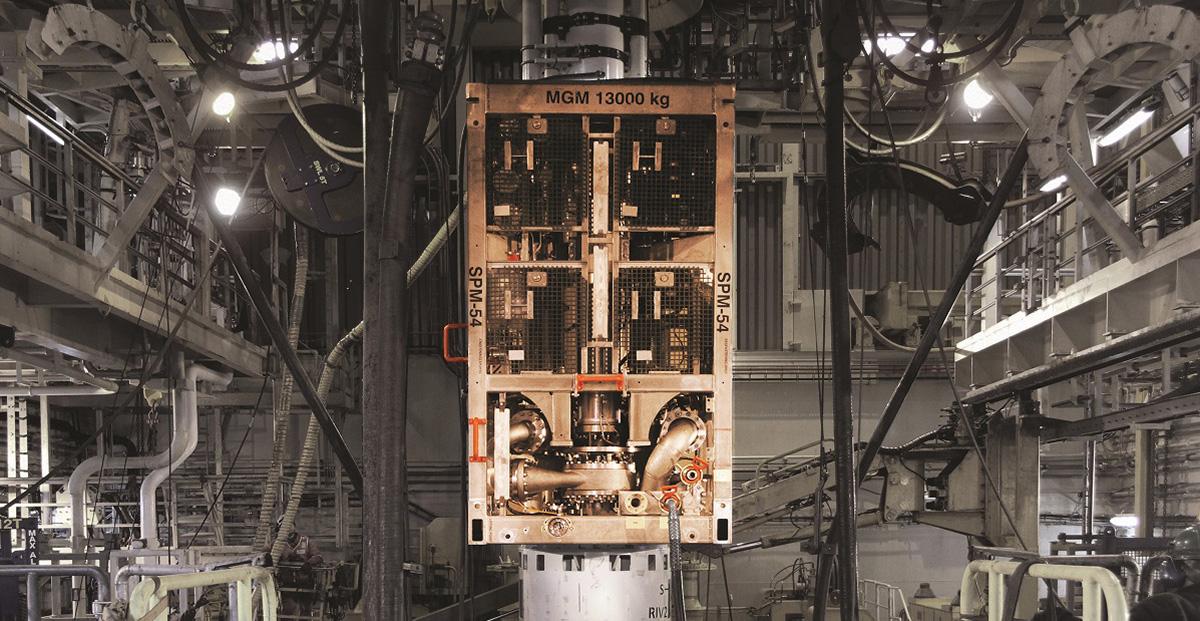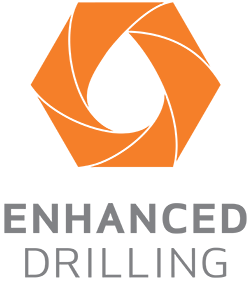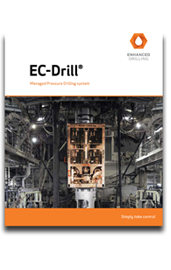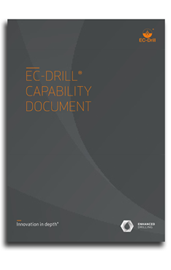Lost Circulation
What Is Lost Circulation?
Lost circulation is the uncontrolled flow of drilling fluid into the formation, hence it is “lost” or the well goes on “losses”. Losses can occur when the drilling fluid exceeds the fracture pressure of the formation thus creating fractures or invading the pore space in the formation. Losses can also occur in natural fractures and faults present in the formation. Lost circulation can range from partial to total depending on the rate fluid flows into the formation.
Lost Circulation Challenges
Lost circulation can cause non-productive time, increase cost, and cause well control incidents. When losses occur, they can be cured by reducing the drilling fluid density, adding LCM to the drilling fluid, and/or pumping LCM pills.
These operations add both time and cost to the drilling operation. If the loss rate is high enough then the fluid level can drop potentially causing the well to go underbalanced and an influx.
What Are Your Options?
- Maintain adequate drilling fluid density. This will require circulating in lower mud weights if losses are encountered and using LCM to try to cure the loss zone.
- Use LCM and LCM pills to seal off and cure the loss zone. There are a variety types of LCM solutions available designed to seal the loss zone. The best solution depends on the type of loss zone and the results are often far from certain.
- Sometime lost circulation cannot be avoided because some formation are naturally fractured or have high permeability. If the expected loss rate is low enough then these formations can be drilled with the planned loss rate and additional drilling fluid will be required to make up for the drilling fluid lost during drilling. If the lost rate is high enough then it may be challenging to maintain the adequate overbalance pressure and a mud cap (MCD), pressurized mud cap (PMCD), and controlled mud cap drilling (CMCD) technique may be the best option.
- The EC-Drill Controlled Mud Level technology can be used to quickly detect and respond to losses in the wellbore. Controlled Mud Level allows you to reduce the bottom hole pressure within minutes once losses are detected, enabling you to reduce the loss rate to continue drilling.
How EC-Drill® Can Help You With Lost Circulation
The EC-Drill® managed pressure drilling system sensitively measures any changes to the fluid level in the riser and thus quickly detect even the smallest of losses giving you more time to react.
EC-Drill® can then be used to lower the fluid level in the riser to reduce bottom hole pressure to a loss-free rate so you can continue drilling without the need of circulating in new fluid densities or LCM pills. In formations with high lost circulation risks EC-Drill enhances your ability to detect any losses or gains while saving you hours if not days in responding to them compared to conventional drilling methods.
EC-Drill® can be used with Controlled Mud Cap Drilling (CMCD), a variation of floating mud cap drilling. EC-Drill® integrates well into CMCD and enables precise monitoring the fluid level in the riser during this highly challenging drilling method.

EC-Drill®
EC-Drill® is a Controlled Mud Level (CML) technology that allows manipulation of bottom hole pressure (BHP) while drilling a well.
The system controls the BHP by adjusting the fluid level in the marine drilling riser, and thereby the hydrostatic pressure applied.




